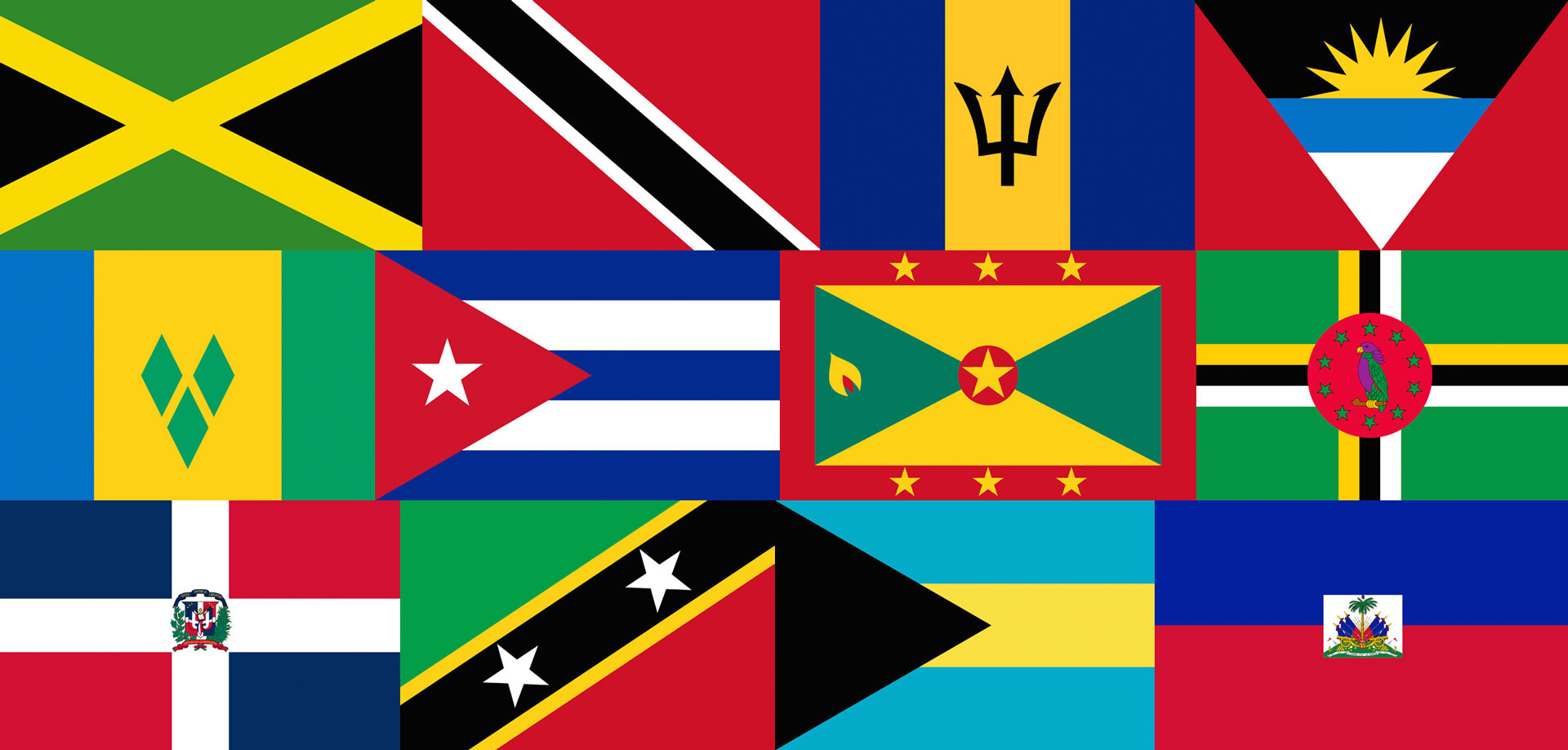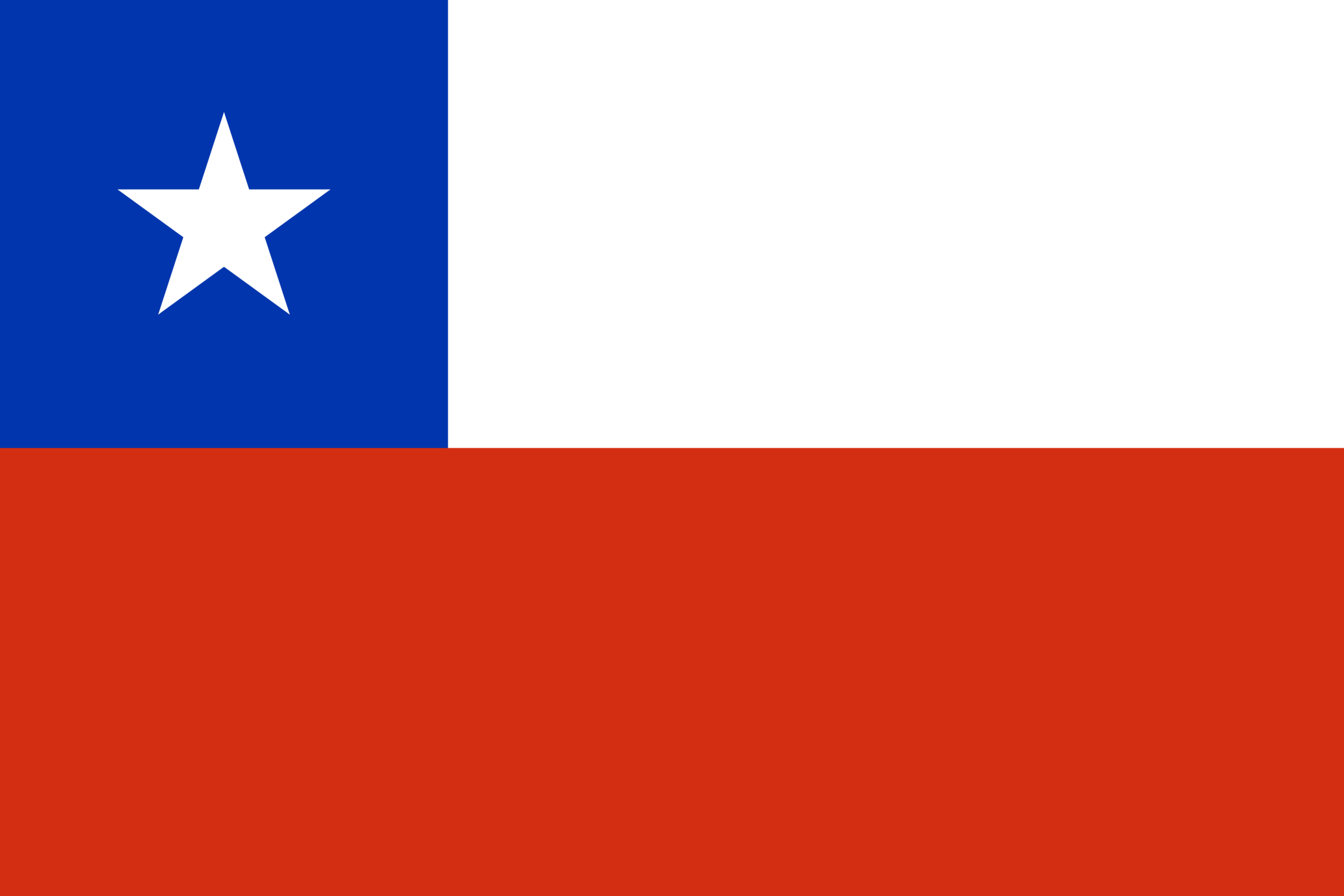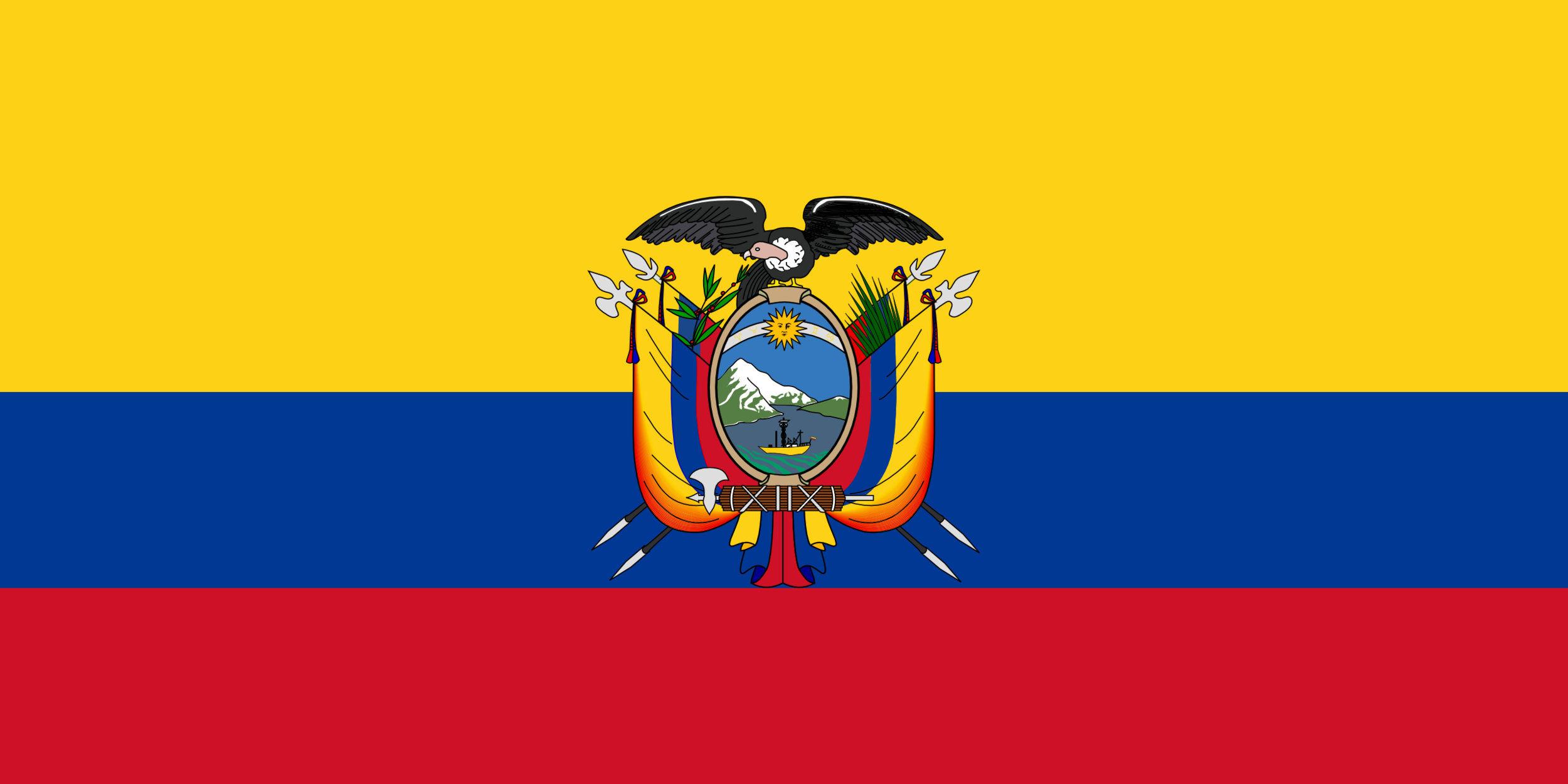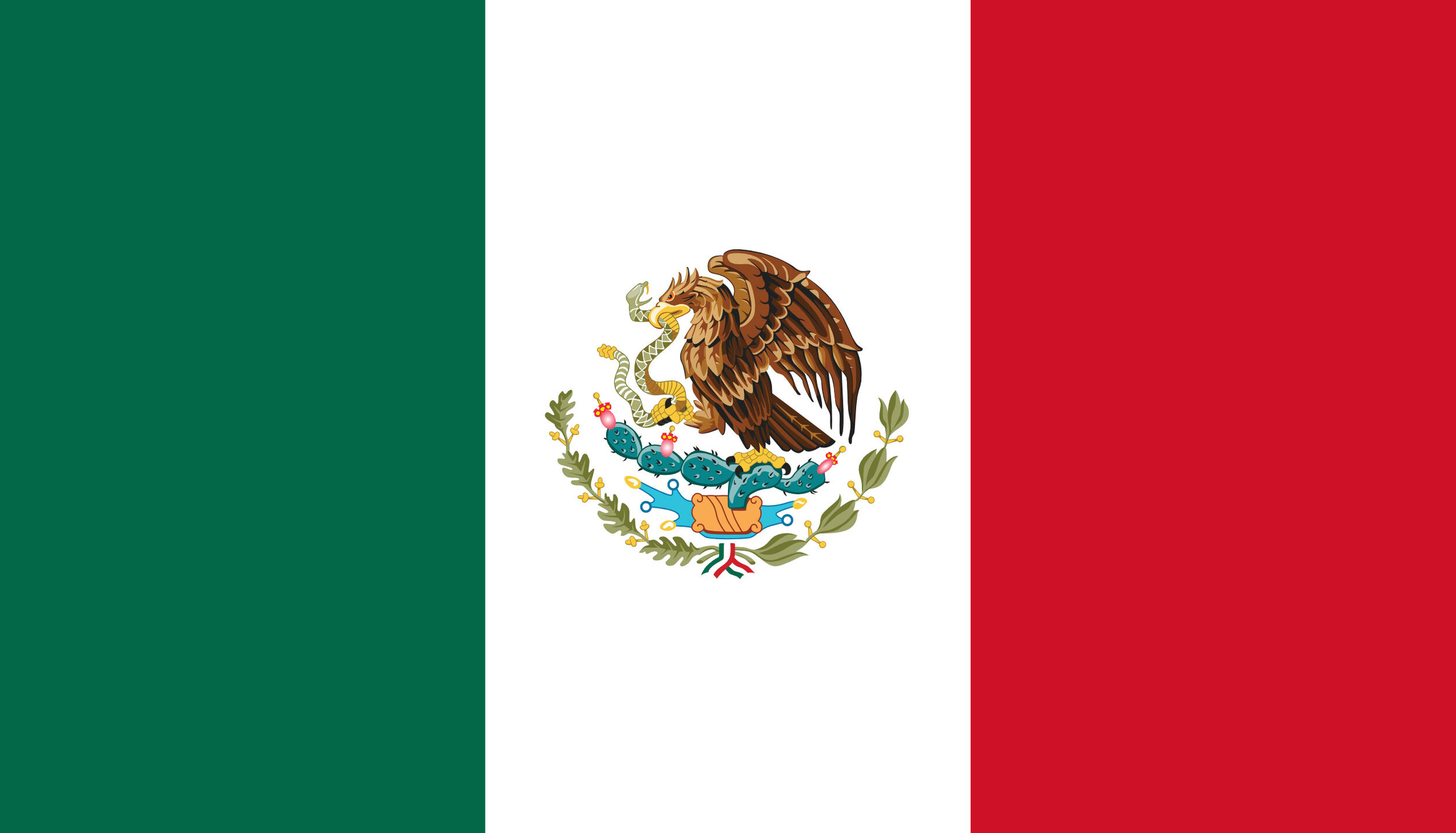American Bamboo Species

Distribution of American Bamboos
Contrary to what many believe, bamboo doesn’t originate from Asian countries alone, it is also abundant and native in America. In fact the world’s strongest bamboo is American!
South America is the richest region of the Americas in terms of the diversity and number of woody bamboo species. They are distributed from the humid lowland forest at sea level to the highlands in the Andes up to 4,300m in the natural formation known as "paramo".
The 20 genera and 429 species of woody bamboos are found from approximately 27° North (Otate acuminata in the north-western part of Mexico) to 47° South (Chusquea culeou in Chile).
Of the total 1,100 species and 65 genera of woody bamboos known in the world, the Americas have 31% of the genera and 39% of the species. Brazil has the greatest bamboo diversity with 137 species, followed by Colombia (70), Venezuela (60), Ecuador (42) Costa Rica (39), Mexico (37) and Peru (37).
It has been calculated from satellite photos, that the bamboo-dominated areas in the Amazonian region, are close to 180,000 km2, equivalent to 18 million hectares. However, it is mixed with other Amazonian forest species. Keeping in mind that the presence of bamboo in South-western Amazon is not homogeneous or continuous, and that approximately 11% of every square kilometer of Andean forest is covered by bamboo, it may be estimated that bamboo covers close to 11 million hectares in South America.
Central and South America possesses approximately 47% of the world’s tropical forests and 70% of the world’s animal and plant species. Unfortunately, the montane forest of the Andean region, where more of the woody bamboo species are found, is decreasing at a high rate due to de-forestation and natural disturbances. Legal protection, sustainable development and reforestation is needed to protect native bamboo species.
The most useful bamboo species of the Americas are found in the genus Guadua and in the Asiatic genus Bambusa, although the genera of Apoclada, Aulonemia, Chusquea, Elytrostachys, Otatea and Rhipidocladum also have species that are used in various ways. The cultivation of bamboos on a commercial scale in Central and South America is limited to a few native and introduced species: Guadua angustifolia, Guadua amplexifolia, Bambusa vulgaris, Bambusa tuldoides and Phyllostachys aurea.
Source: INBAR
This small flat country is the only one in Central America without any Chusquea species. Belize, however, is well known for the Guadua longifolia populations along the Belize river and its tributaries on the Yucatan Peninsula.
In Bolivia, bamboo has been used by Andean communities in traditional production of musical instruments and baskets, and as cattle forage. An estimate of the area of bamboo forest in the highlands or lowland regions of this country does not yet exist.
Brazil is the country with the greatest bamboo diversity and the highest percentage of endemic woody bamboos in Latin America -- 137 species (32% of Latin American bamboo species) and 17 genera (85% of Latin American bamboo genera).
The native bamboo species in the Caribbean and West Indies are confined to small-sized bamboos less than 1 cm in diameter. Because of this, they do not have any economic value.
In Chile, bamboo is rarely used as an economic plant, but has some influence on the dynamics and composition of the Chilean Andes forest.
Colombia has the second highest woody bamboo diversity in Latin America. At present, 9 genera and 70 species are reported, with 24 species being endemic and at least 12 species remaining to be described.
Costa Rica is the country with the largest woody bamboo diversity in Central America. At present, 8 genera and 39 species of woody bamboos are reported.
Ecuador, for its size, possesses an impressive diversity of woody bamboos. Up to the present, 6 genera and 42 species have been identified (11 endemics ones), with about 15 species remaining to be described.
El Salvador is the smallest country in Central America, and it has the highest deforestation and overpopulation. Some of the 11 bamboo species reported in the country might not exist anymore.
Guatemala is a country with many species of native woody bamboos, the majority of them belonging to the genus Chusquea and the rest to the genera Arthrostylidium, Guadua, Otatea and Rhipidocladum.
Bamboo resources in Guyana (French Guyana, Guyana and Surinam) are unimportant to the local economy. Some ethnobotanical uses -- such as for making lances, bows, arrowheads, arrow shafts, knives and fishing harpoons -- have been reported by the indigenous people.
From the 11 native woody bamboo species occurring in Honduras, only 4, besides several Asiatic ones, have economic potential. Otatea fimbriata, Guadua amplexifolia, Guadua aculeata and Guadua paniculata are the native bamboos that can be promoted as useful in environmental protection and in economic activities.
Mexico is the second most diverse country in America in terms of woody bamboos. At present, 8 genera and 37 species are reported with one genus, Olmeca, and 14 species being endemic.
Nicaragua is a country with relatively few species of native bamboos but with widespread Guadua species covering the eastern alluvial plains. The genus Guadua includes four species: Guadua amplexifolia, Guadua aculeata, Guadua macclurei and Guadua paniculata.
In Panama, bamboo is scarcely used as an economic plant. However, Panama is the third richest country in woody bamboo diversity in Central America: 43% of its species belong to the genus Chusquea, and the rest belong to the genera Arthrostylidium, Aulonemia, Elytrostachys, Guadua, Neurolepis and Rhipidocladum.
Bamboo is scarcely used in Paraguay for economic activities and does not form a large resource. There are 3 Guadua species present in Paraguay with potential uses: Guadua chacoensis (tacuar), Guadua paniculata and Guadua paraguayana (picanilla).
Bamboo resources in Peru are abundant and could represent a large potential supply. Some efforts have been made by the government to develop bamboo resources, especially in the Amazon region.
Bamboo resources in Uruguay are scarce. There is only one useful bamboo species, Guadua trinii, which is sometimes found growing along the forest banks of River Uruguay and its tributaries, in the department of Rio Negro.
Venezuela has the third highest woody bamboo diversity in Latin America. At present 10 genera and 60 species, 18 of them endemics, are reported with several species remaining to be described.
Guadua Bamboo SAS




















In Argentina, bamboo does not play a dominant role in forestry. As in the majority of South American countries, bamboo exploitation is generally confined to the local use of native species in areas close to the source of supply.